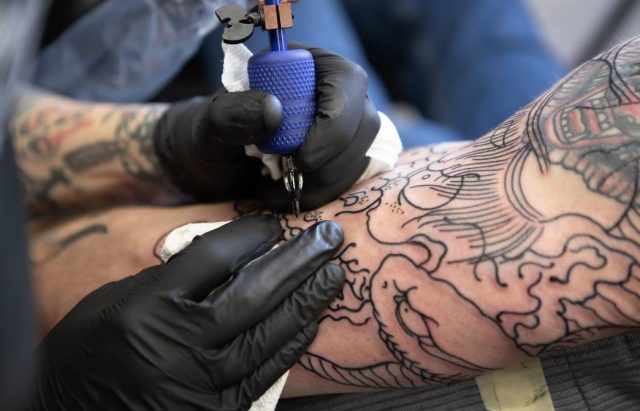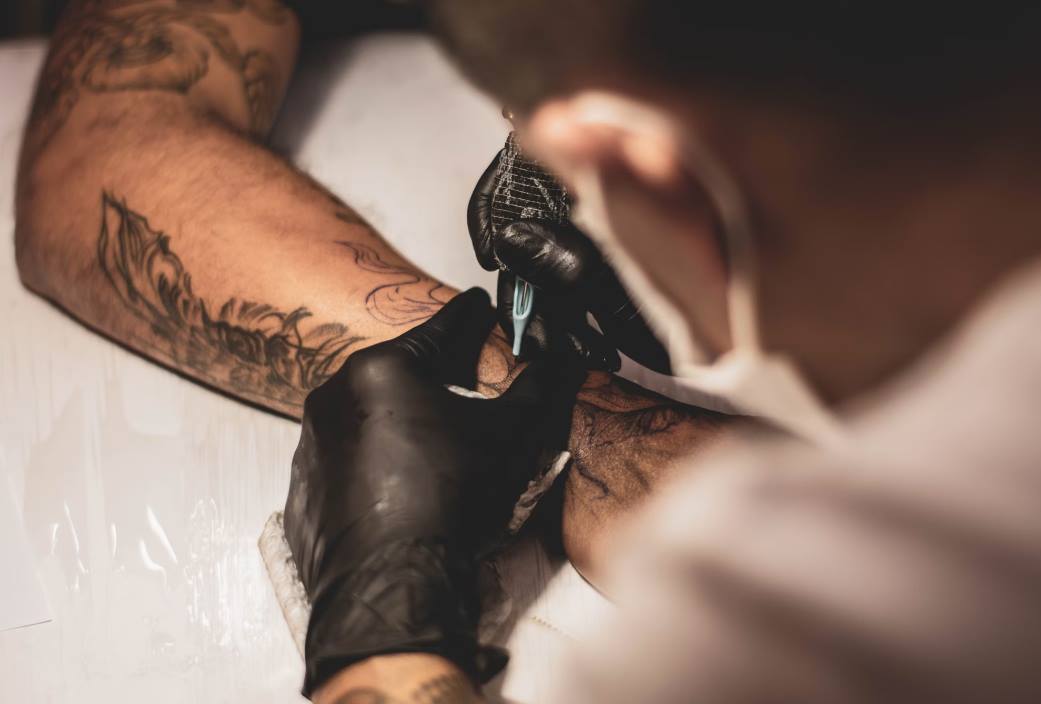Tattoos are a unique form of self-expression, an art inscribed on the canvas of the skin that often mirrors personal experiences, beliefs, and identities. Yet, over time, these once cherished symbols can lose their significance or become a source of regret. What then? Is it possible to erase this seemingly permanent imprint? The answer is yes, thanks to tattoo removal technology. This guide delves into the intriguing process of tattoo removal, shedding light on the science behind it and offering insights into what one should expect throughout the journey of reclaiming unmarked skin.
The Science Behind Tattoo Removal
Tattoo removal is a scientifically fascinating process involving the use of highly concentrated light beams to break down the ink particles within a tattoo. Commonly, this is achieved using a device known as a Q-switched laser. The laser’s light energy is absorbed by the tattoo ink, causing it to fragment into tiny particles. These minute particles are then gradually removed by the body’s immune system, effectively fading the tattoo over a series of treatments. Thus, the process of tattoo removal is actually a collaboration between state-of-the-art technology and the body’s natural healing system. It’s crucial to understand, however, that the efficiency of tattoo removal varies based on several factors, including the tattoo’s size, color, location, and the individual’s overall health status.
What to Expect During the Process
The duration of a tattoo removal journey is highly individual and depends on several factors, including those mentioned above. Generally, multiple treatments are required for optimal results. These sessions are typically spaced four to six weeks apart, giving the skin enough time to heal and the body’s immune system sufficient opportunity to remove ink particles. The actual treatment process is relatively quick, with each session lasting anywhere from 10 to 30 minutes. The sensation experienced during tattoo removal can vary from person to person, with most describing it as similar to the initial pain of getting a tattoo. However, many individuals find the discomfort significantly less intense than expected.
Benefits of Choosing a Center for Tattoo Removal
Tattoo removal is a delicate process that requires expert care and precision. Therefore, it’s essential to choose a reputable center for your treatment. These specialized centers offer the latest technology, experienced healthcare professionals, and personalized treatment plans tailored to each individual’s needs.
They also prioritize patient safety and comfort throughout the tattoo removal journey. Furthermore, whether you decide to click here and find more information about the procedure or opt for a consultation, the team at these centers will guide you every step of the way. Pick the right center for your tattoo removal journey, and be on your way to reclaiming unmarked skin.
Post-Treatment Care
Proper aftercare plays a crucial role in ensuring optimal healing and results after tattoo removal. Following the treatment, it’s normal for the treated area to be red, swollen, and tender. This is a sign that the immune system has begun its work of removing ink particles. To help soothe any discomfort and promote healing, it’s recommended to apply ice packs to the area and keep it elevated. Additionally, it’s essential to keep the treated area clean and avoid any activities that may irritate or damage the skin. The use of sun protection is also highly recommended to prevent any potential scarring. Following these post-treatment care instructions diligently can help ensure the best possible outcome for your tattoo removal journey. For more personalized recommendations, consult with your chosen center.
Potential Risks and Side Effects
As with any medical procedure, tattoo removal does carry certain risks and potential side effects. Common side effects include skin discoloration, redness, swelling, and tenderness in the treated area. Some individuals may also experience blistering or scabbing, although these are usually temporary and subside as the skin heals. While rare, more serious complications such as infection or scarring can occur, particularly without proper aftercare. It is important to note that complete elimination of the tattoo is the goal of tattoo removal, but in certain cases, traces of the tattoo ink may remain despite multiple treatments. The risk of potential side effects can be minimized by choosing a reputable and experienced center, carefully following aftercare instructions, and openly communicating any concerns with the healthcare professional.
Tattoo removal is a complex process that requires a combination of advanced technology, skilled healthcare professionals, and diligent aftercare. However, with proper knowledge and guidance from knowledgeable professionals, it is possible to successfully remove a tattoo and reclaim unmarked skin. Remember to carefully research your options and choose a center that prioritizes patient safety and comfort throughout the journey. With patience and persistence, you can say goodbye to an unwanted tattoo and embrace a fresh start. So if you have been considering tattoo removal, don’t hesitate to take the first step towards unmarked skin. Consult with a reputable center today to learn more about your options and begin your journey toward reclaiming your skin.



